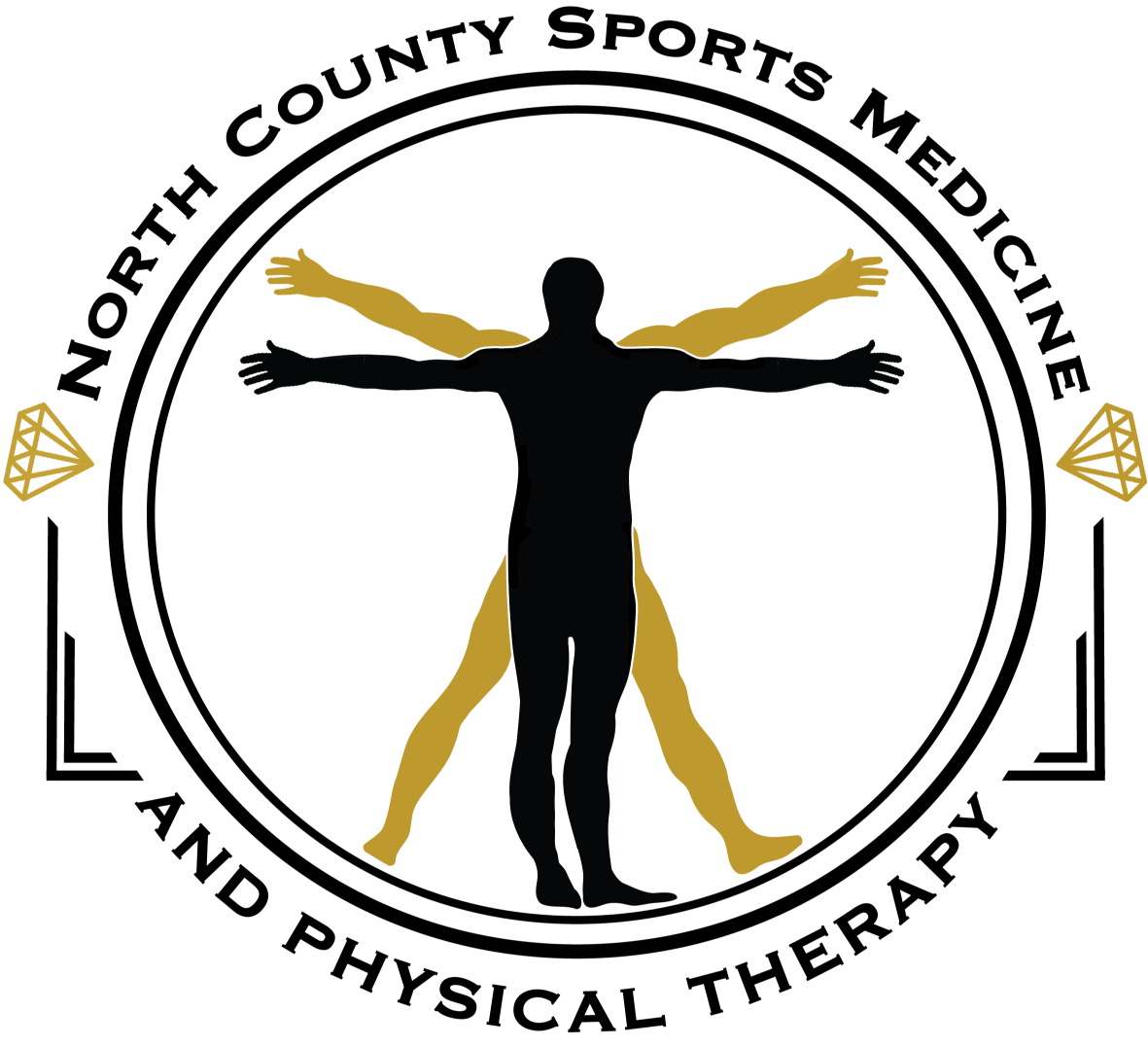Why Did I Injure My Hamstring?
This is always the question. And a good question too, and in finding the answer you have to consider a few different aspects on the nature of how muscles and tendons work. Hamstring strain/tendon sprain occurs directly because of faulty timing between one leg swinging forward during running and the other leg pushing off. The hamstring in the leg that is forward has to lengthen while the hamstring in the leg that is pushing off has to shorten. Ultimately the hamstring tendon fails because it cannot sustain a force under the threshold of the stress-strain curve.
See stress-strain curve below:
It seems to be a common misbelief that tendons don’t stretch. They do, and should. Tendons are the interface between muscle and bone. Tendons transmit and carry the powerful force of muscles to the bone, which in turn allows us to move. If tendons didn’t stretch we would collectively be hobbling around more than we already do due to injury.
From what I have seen clinically, hamstring tendons fail because of three distinct contributing factors; 1) poor joint mobility, 2)weakness, and 3)poor motor control. The joint mobility factor (or lack thereof in many cases) affects the total range of motion in the joint; if the joint is restricted, the musculotendinous junction will adaptively shorten and lose flexibility. Weakness refers to inadequate muscle strength, and certainly the ability of particular muscle groups to stabilize our inherently mobile hips. Strength=stability, and weakness will correlate with poor stability. The motor control component partially overlaps with strength in that, bad motor control is a lack of ability to coordinate, stabilize and move body segments in a safe and efficient manner. This often happens because of faulty movement patterns, like the way some of us run. If we don’t run pretty much perfectly, the weakest link will surface and we will become symptomatic, or damage tissue like the hamstring tendons.
In essence, our body segments must move together and they must move together well. If there is a mobility problem in the hips, I can almost guarantee this will manifest in either the low back or knees. Especially with an activity like sprinting that necessitates the fast twitch capabilities of our muscle fibers, if the timing of that muscle firing isn’t impeccable, injury and eventual overuse will become subsequent.

